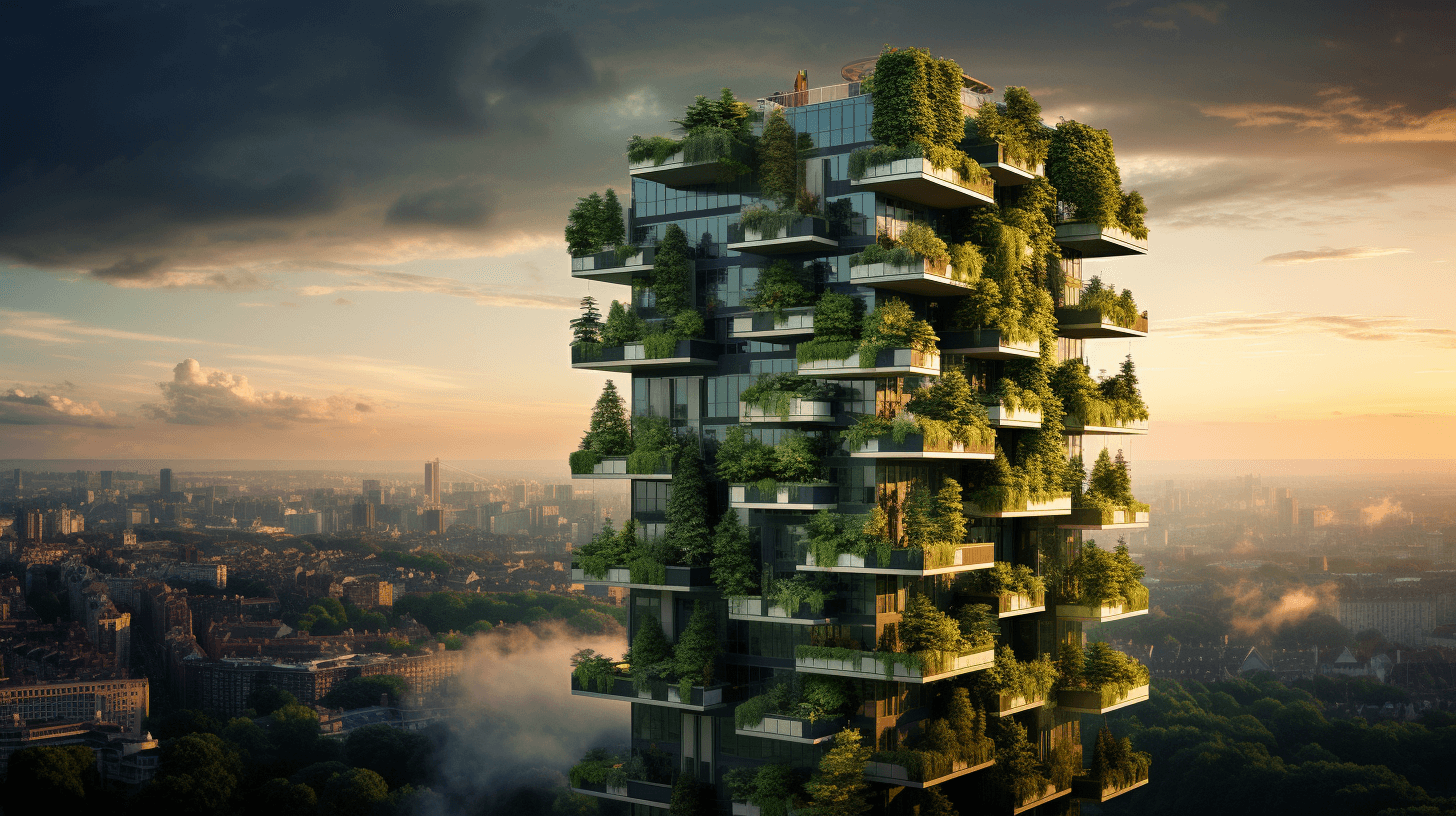The Greening of City Roofs: A Breath of Fresh Air for Urban Climates
Cities worldwide are undergoing a green transformation. Amidst the concrete and steel, patches of green are sprouting on rooftops, converting them into eco-friendly havens. But this isn't just for aesthetics – green roofs have become a vital component for creating sustainable urban environments.
What are Green Roofs?
Green roofs, also known as living roofs, are covered with vegetation and a growing medium over a waterproofing membrane. They can range from simple grassy lawns to intricate gardens with shrubs, flowers, and even small trees.
Benefits of Green Roofs in the Urban Environment
- Temperature Regulation: Concrete and asphalt absorb and retain heat, contributing to the "urban heat island" effect, where city temperatures can be significantly higher than their rural counterparts. Green roofs act as natural insulators, absorbing sunlight and providing shade. They can cool buildings in the summer and provide insulation in the winter, reducing energy consumption and costs.
- Improves Air Quality: Plants on green roofs absorb carbon dioxide and release oxygen. They also filter out airborne pollutants, providing cleaner air for city residents.
- Water Management: They act as natural sponges, absorbing rainwater and reducing the risk of floods. By slowing down stormwater runoff, green roofs can help prevent sewer system overflows.
- Biodiversity: Green roofs create habitats for birds, bees, and butterflies, enhancing urban biodiversity. They serve as stepping stones for wildlife, connecting fragmented urban habitats.
- Mental Well-being: Green spaces have been linked to reduced stress, increased well-being, and improved cognitive function. In bustling cities, rooftop gardens can provide a serene escape for inhabitants.

Cities Leading the Way
- Stuttgart, Germany: Known as the cradle of the green roof movement, Stuttgart has implemented green roof policies since the 1980s. The city requires all flat roofs to be greened, which has led to a significant reduction in urban heat islands.
- Toronto, Canada: In 2009, Toronto became the first North American city to adopt a by-law requiring the construction of green roofs on new commercial, institutional, and multifamily residential developments. The initiative aims to reduce energy use, mitigate the urban heat island effect, and enhance stormwater management.
- Chicago, USA: With over 500 green roofs covering 5.5 million square feet, Chicago is a pioneer in the U.S. The City Hall's rooftop garden, in particular, serves as a model and an inspiration for other cities.
- Singapore: The city-state's "Skyrise Greenery" initiative aims to transform Singapore into a "city in a garden." With incentives for building owners, the city has seen an exponential increase in rooftop gardens and green walls.
Conclusion
In the quest for sustainable urban development, green roofs offer a harmonious blend of nature and architecture. They not only combat the adverse effects of urbanization but also enrich the lives of city dwellers. With the blend of thorough research and a passion for sustainability, it's evident that the greening of city roofs is not just a trend but a necessity for the future of urban living.